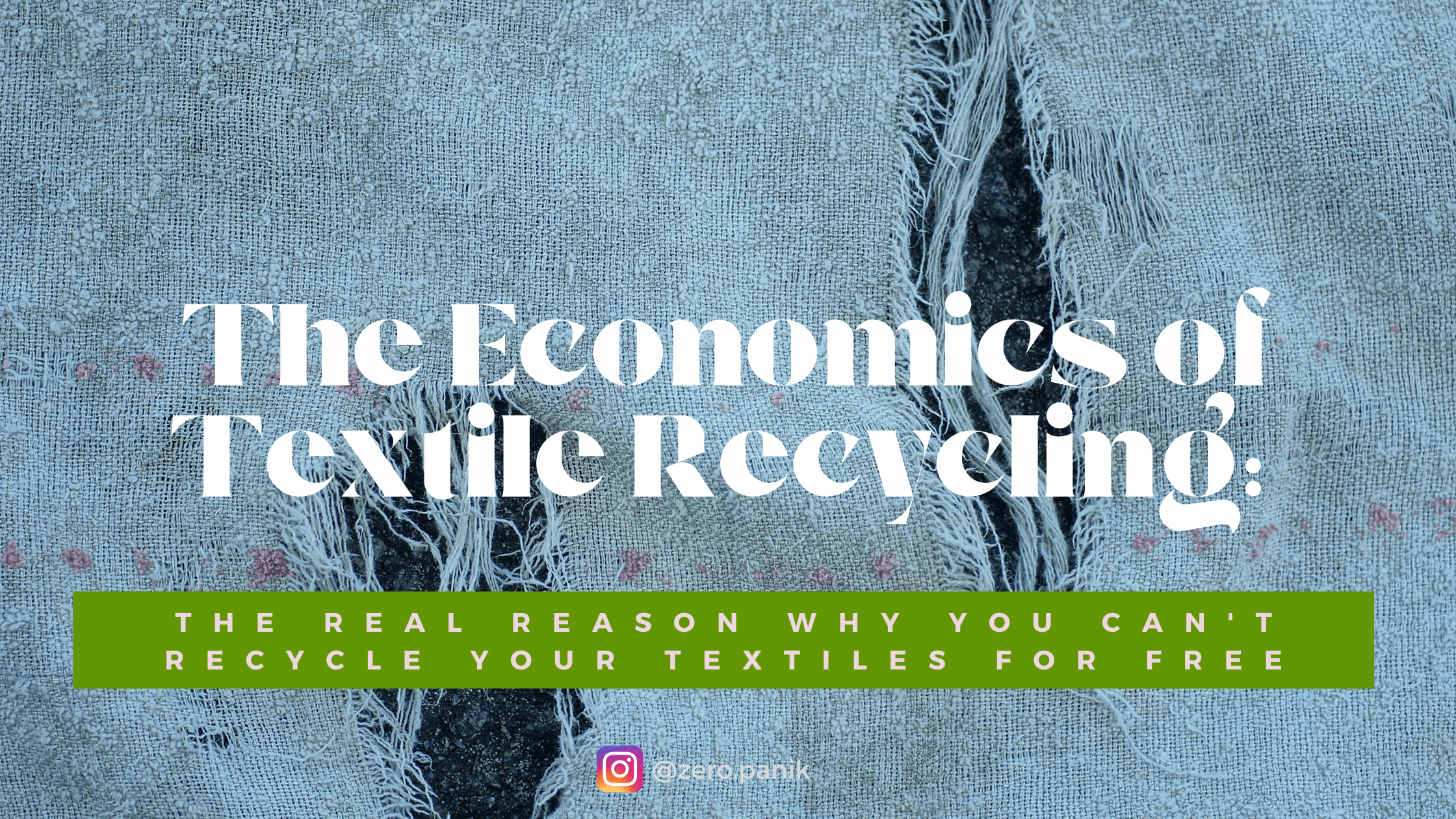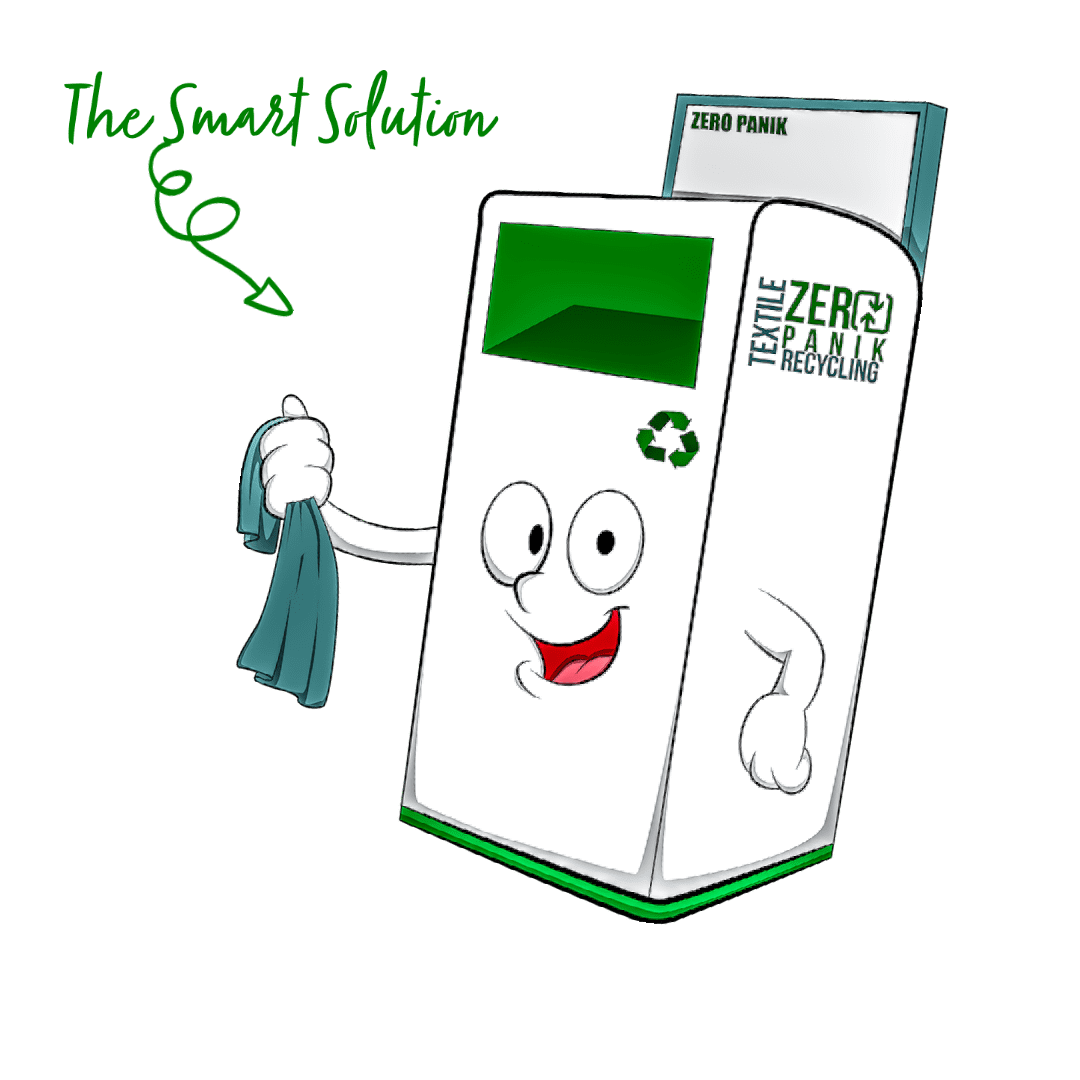
Why You Can’t Recycle Your Textiles for Free
Textiles have become one of the largest contributors to global waste. From clothing to household fabrics, our consumption of textiles has skyrocketed in recent years, leading to a pressing need for recycling solutions. While recycling has become more common for materials like plastic and paper, the recycling of textiles still lags. Many individuals wonder why they can’t simply recycle their textiles for free like they do with other materials. This article aims to shed light on the challenges and limitations of the textile recycling industry.
The main reason why textile recycling is not yet widely available for free is the current state of the recycled materials market. Unlike materials such as plastic or paper, the recycled materials market for textiles is small and underdeveloped. According to statistics, less than 1% of recycled cotton is used in new clothing production. This lack of demand for recycled textiles means there is limited ability or alternative funding for recycling companies to provide free services.
Furthermore, post-consumer recyclable materials collected are not yet large enough to create a competitive market. While textile recycling efforts have gained momentum, they still have a long way to go before reaching the level required for a sustainable and economically viable industry.
Another factor contributing to the lack of free textile recycling is the complexity of the process itself. Textiles come in various forms, including clothing, home furnishings, and industrial fabrics. Each of these categories presents unique challenges in terms of recycling. For example, removing all the zippers, buttons, and other non-recyclable components from clothing requires manual labor and specialized equipment. These additional costs further hinder the feasibility of providing free textile recycling services.
While the state of textile recycling may seem discouraging, there is hope for the future. With the help and continued support of textile-to-textile producers, a first-of-its-kind recycled textile supply chain can be created. These producers have recognized the potential of recycled textiles and are actively incorporating them into their production processes. Increasing the demand for recycled materials and paving the way for a more economically viable market.
To tackle the challenges in the textile recycling industry, collaborative efforts between consumers, manufacturers, and governments are essential. Consumers can play their part by making conscious choices when buying textiles, opting for products made from recyclable materials, or supporting brands that prioritize sustainability. Manufacturers can invest in research and development to find more efficient and cost-effective recycling methods. Additionally, governments can provide incentives or regulations that promote the use of recycled textiles in various industries.
In conclusion, the inability to recycle textiles for free is primarily due to the small and underdeveloped nature of the recycled materials market. While efforts are being made to increase the demand for recycled textiles, the industry still faces significant challenges in terms of volume, complexity, and cost. However, with the collective efforts of consumers, manufacturers, and governments, a sustainable and economically viable textile recycling industry can be established. By supporting the growth of this industry, we can contribute to a more environmentally conscious future.
References:
- S. Bygrave et al., “Recycling Clothing Textiles: Issues and Opportunities,” Journal of Cleaner Production, vol. 92, 2015, pp. 10-19.
- A. Hal, “Textile recycling: Is fashion ready for circularity?”, Vogue Business, April 21, 2020, [Online]. Available: https://www.voguebusiness.com/sustainability/textile-recycling-is-fashion-ready-for-circularity.
- K. S. Williams, “The Textile Ecosystem: How to Fashion a Sustainable Future,” World Bank Blogs, May 7, 2019, [Online]. Available: https://blogs.worldbank.org/sustainablecities/textile-ecosystem-how-fashion-sustainable-future.
